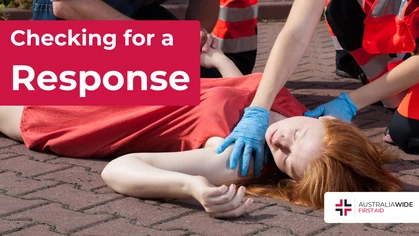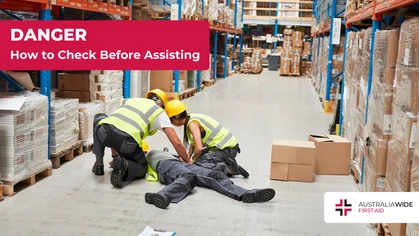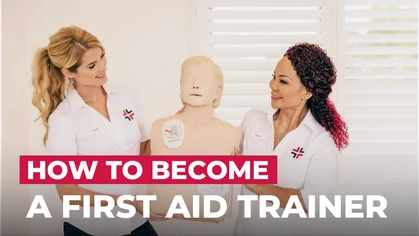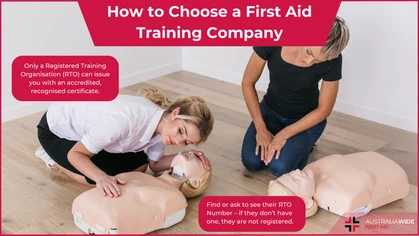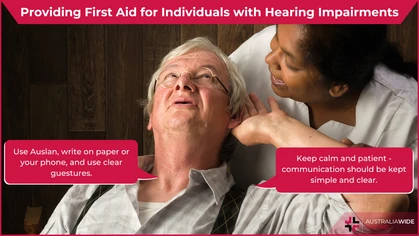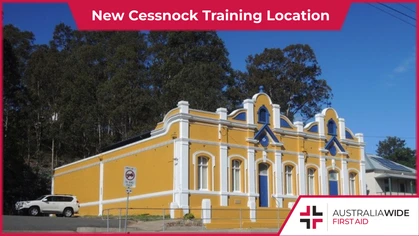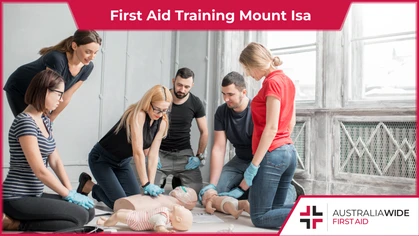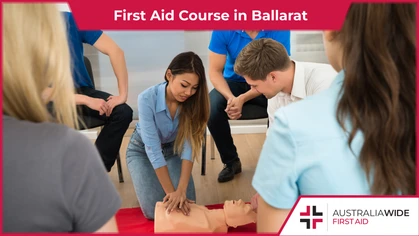How Real-Life CPR differs from What You See on TV

First Aid Training
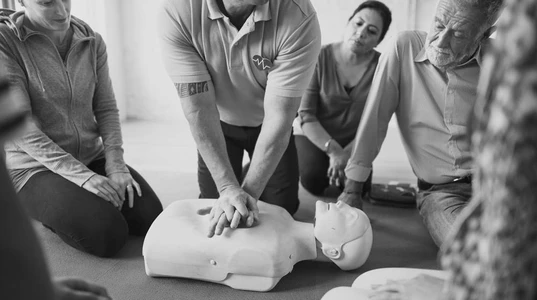
Wait—could they really pull this off in real life?
Who hasn't watched as the glamorous heroine is brought back to life with a few light chest presses and a kiss from her true love? Or the superstar patient being revived from a deathly coma, thanks to compressions on what appears to be the wrong part of his chest? Have you viewed similar scenes in a movie or TV show, and thought, “Wait—could they really pull this off in real life?” CPR — or cardiopulmonary resuscitation — is an emergency measure often treated by popular media with similar inaccuracy to the way it shows the use of oxygen masks and injections with intravenous (IV) needles. We usually see these procedures in simplified form, looking haphazard and quite random. Medical dramas are often the culprits of such travesties but, to their credit, the production teams working to get the story across to their viewers, no doubt make do with limited time and resources. As with any fictional portrayal of a real-life person, action, or event, watching medical emergencies on-screen requires some suspension of disbelief on behalf of the viewer. Regardless, the expectations of CPR in a visual narrative do not apply to CPR in real-life. Characters on TV and in movies can play around with the time and technique elements of CPR. But real-life First Aiders don't have the same latitude when someone in front of them suddenly stops breathing. Learn what fiction gets wrong—and what First Aiders must get right—about CPR in our feature below.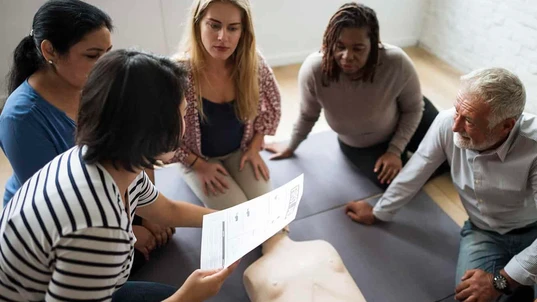
What is the True-to-Life Definition of CPR? <
In a previous article published here on our website entitled “What is CPR?”, the technique is defined as a life-saving one that is administered in dire cases of emergency such as a heart attack, drug overdose, or instance of drowning. Such events put a person in the threshold of death because their oxygen supply has been cut off. As per the article, “The longer that a human being goes without oxygen, the more likely severe damage—and even death—can occur.” If a bystander can administer CPR properly before professional medical assistance arrives, then they have the chance to save someone else’s life. At its core, CPR is a technique that combines alternate chest compressions with artificial ventilation or mouth-to-mouth resuscitation in order to push oxygenated blood from the casualty’s lungs to their brain. CPR requires one to apply a certain number of chest presses with the hands (usually 30 compressions) before providing ventilation via deep breaths (usually 2 breaths). The 30:2 compression-ventilation cycle must continue until medical help has arrived, and in the case of a heart attack, until one can implement the use of a defibrillator.What the Entertainment Media Gets Wrong about CPR
In contrast to real-life situations, TV and movie portrayals of CPR are often unbelievable because:- The application of the technique is imprecise;
- Only a fraction of the routine is completed; and
- Somehow, with minimal efforts, the victim of the emergency wakes up and immediately comes to their senses.
Learn CPR: Separate the Fact from the Fiction
CPR is a technique that can reverse the odds of death and permanent disability if administered properly. If you want to learn the real thing which can be used in real-life emergencies, you should take Australia Wide First Aid’s Provide CPR course. You’re free to enjoy the visual narratives of medical emergencies in your favourite shows and films—plot twists and treatments and all. But let’s make sure you’re ready to respond to an emergency in real life!
Originally published at
https://www.australiawidefirstaid.com.au/resources/how-real-life-cpr-differs-from-what-you-see-on-tv-shows-and-movies
as part of the Australia Wide First Aid Articles Library
